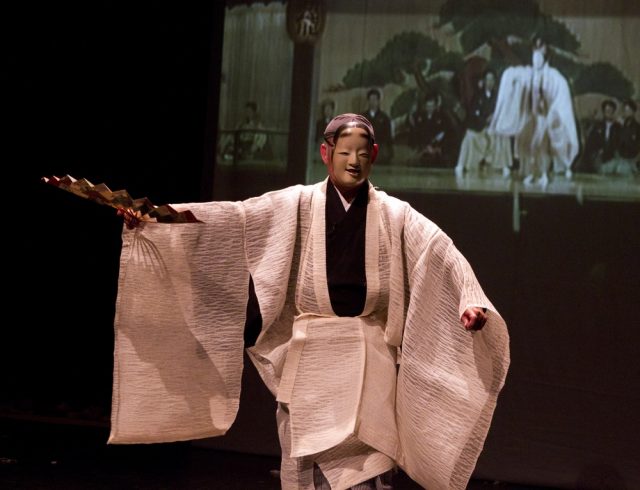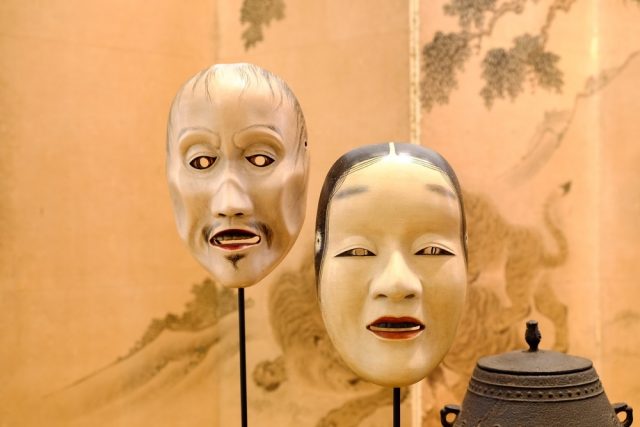 posztos
posztos
For those with an interest in traditional local culture, a visit to Japan should definitely include a performance of Noh – the highly stylised, heavily codified dramas performed in mediaeval Japanese that’s among the world’s oldest extant forms of theatre. As with Chinese opera, for Western audiences this is very definitely an acquired taste, but very worth experiencing at least once for its insights into ancient Japanese culture and the lore of the Land of the Rising Sun.
Gradually coalescing around the mid-14th century out of a variety of popular and festival entertainments, Noh (aka nōgaku) developed its own diversity of forms – some catering to the ruling elite such as the samurai, daimyo (feudal lords), and the courts of shoguns and emperors, while others were more aimed at the masses.
All these relatively short plays, however (there’s a repertoire of some 240), draw from five basic types: the kami mono (“god play”) involves a sacred story; the shura mono (“fighting play”) centres on warriors; the katsura mono (“wig play”) involves a female protagonist (commonly played by a man, though there are these days also hundreds of female performers); the gendai mono (“present-day play”) has a more contemporary, “realistic” bent; the kyōjo mono (“madwoman play”), in which the protagonist goes mad because of the loss of a lover or child; and the kiri or kichiku mono (“final” or “demon” play) features demons as well as other supernatural beings and fantastical beasts.
 Chiradech Chotchuang
Chiradech Chotchuang
A key part of the Noh performance is the lead actors’/narrators’ use of of hundreds of painted cedarwood masks (above), which telegraph the characters’ ages, genders, and social status, with emotions expressed through body language and movements. All actors and musicians are garbed in colourful, elaborate silk costumes, though props are minimal. The spoken word is supplemented at various points by music, singing, chanting, dance, and acrobatics. A typical programme today, performed on a stage with a typical pagoda-style Shinto roof, will involve three to five of these plays, spaced apart with musical, acrobatic, or comedic interludes, and can last several hours.
jpellgen
Where can you see Noh plays today? There are some 70 venues scattered throughout the islands of Japan, ranging from historic venues like the oldest remaining Noh stage (1605, above), right on the water as part of the Itsukushima Shrine of lovely Miyajima island in Hiroshima Bay, to modern theatres such as the National Noh Theatre in Tokyo’s Shubuya district.
One final note: for all its essential Japaneseness, Noh has also had influence on theatre and literature in the West, especially with authors such as Samuel Beckett (whose classic Waiting for Godot, some have argued, is very Noh in its structure and many of its elements), Bertolt Brecht, Eugene O’Neill, and Thornton Wilder. A true testament to the universality of this singular art form.
More information: JNTO.go.jp.


